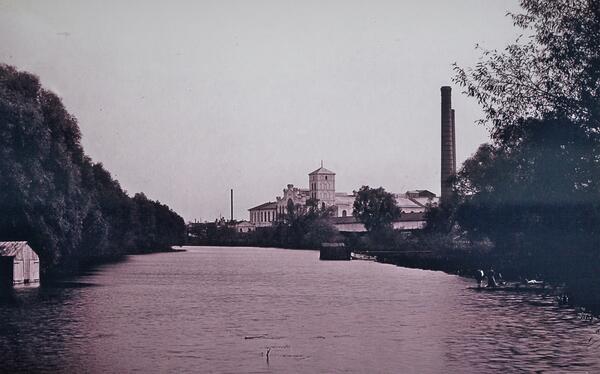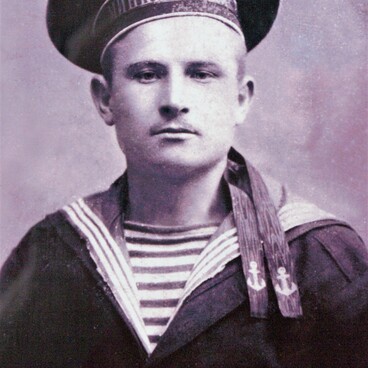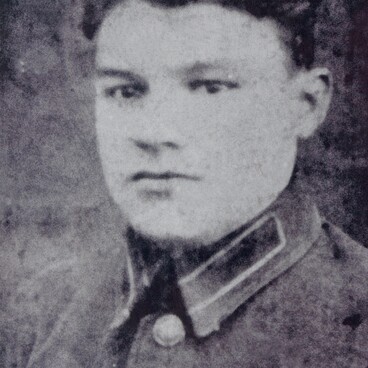The photograph features the Nezhegol River with the Alekseevsky sugar factory on its bank. The picture was taken in 1913.
The first sugar factory in Russia was founded in accordance with the decree of Tsar Peter the Great on March 14, 1718 — this date marks the beginning of the sugar industry in the country. However, at first the raw materials were brought from abroad, and sugar was an expensive product. Only in the early 19th century domestic beet began to be used as a source of sugar.
In the second half of the 19th century, sugar factories were built and sugar production started in the south of the Kursk and Voronezh provinces and in Little Russia, where the sugar beet grew best. By the end of the century, there were already 120 sugar factories in the Russian Empire.
In 1839, a nobleman and Russian army General Aleksey Rebinder built a small sugar factory on his estate in the village of Shebekino, Belgorod district, Kursk province. Initially there were 16 permanent workers, and up to 200 people were employed during the harvest and production season. The plant was named Alekseevsky — after its founder and first owner. Within a few years production expanded, and in 1850 the Alekseevsky factory was considered one of the best in the Kursk province.
After the owner’s death, his son Alexander Rebinder inherited the factory. He studied sugar business in Europe, and having returned home he began reforming the production: he sowed more sugar beets and installed new, state-of-the-art equipment. These innovations increased productivity and profits.
In 1875, the Rebinders built a distillery not far from the sugar factory. The distillery used the sugar production waste — molasses — as the raw material and produced alcohol, wine, and beer.
The production gradually expanded. In 1905 a power plant was built near the sugar factory, which also provided power to other Shebekino enterprises and residences. A few years later, 12 new diffusers — sugar extraction apparatuses — were additionally installed.
At the beginning of the 20th century, the sugar factory in Shebekino produced 220 tons of sugar per day. During the sugar-making period, from September to January, almost two thousand people worked there.
The first sugar factory in Russia was founded in accordance with the decree of Tsar Peter the Great on March 14, 1718 — this date marks the beginning of the sugar industry in the country. However, at first the raw materials were brought from abroad, and sugar was an expensive product. Only in the early 19th century domestic beet began to be used as a source of sugar.
In the second half of the 19th century, sugar factories were built and sugar production started in the south of the Kursk and Voronezh provinces and in Little Russia, where the sugar beet grew best. By the end of the century, there were already 120 sugar factories in the Russian Empire.
In 1839, a nobleman and Russian army General Aleksey Rebinder built a small sugar factory on his estate in the village of Shebekino, Belgorod district, Kursk province. Initially there were 16 permanent workers, and up to 200 people were employed during the harvest and production season. The plant was named Alekseevsky — after its founder and first owner. Within a few years production expanded, and in 1850 the Alekseevsky factory was considered one of the best in the Kursk province.
After the owner’s death, his son Alexander Rebinder inherited the factory. He studied sugar business in Europe, and having returned home he began reforming the production: he sowed more sugar beets and installed new, state-of-the-art equipment. These innovations increased productivity and profits.
In 1875, the Rebinders built a distillery not far from the sugar factory. The distillery used the sugar production waste — molasses — as the raw material and produced alcohol, wine, and beer.
The production gradually expanded. In 1905 a power plant was built near the sugar factory, which also provided power to other Shebekino enterprises and residences. A few years later, 12 new diffusers — sugar extraction apparatuses — were additionally installed.
At the beginning of the 20th century, the sugar factory in Shebekino produced 220 tons of sugar per day. During the sugar-making period, from September to January, almost two thousand people worked there.



